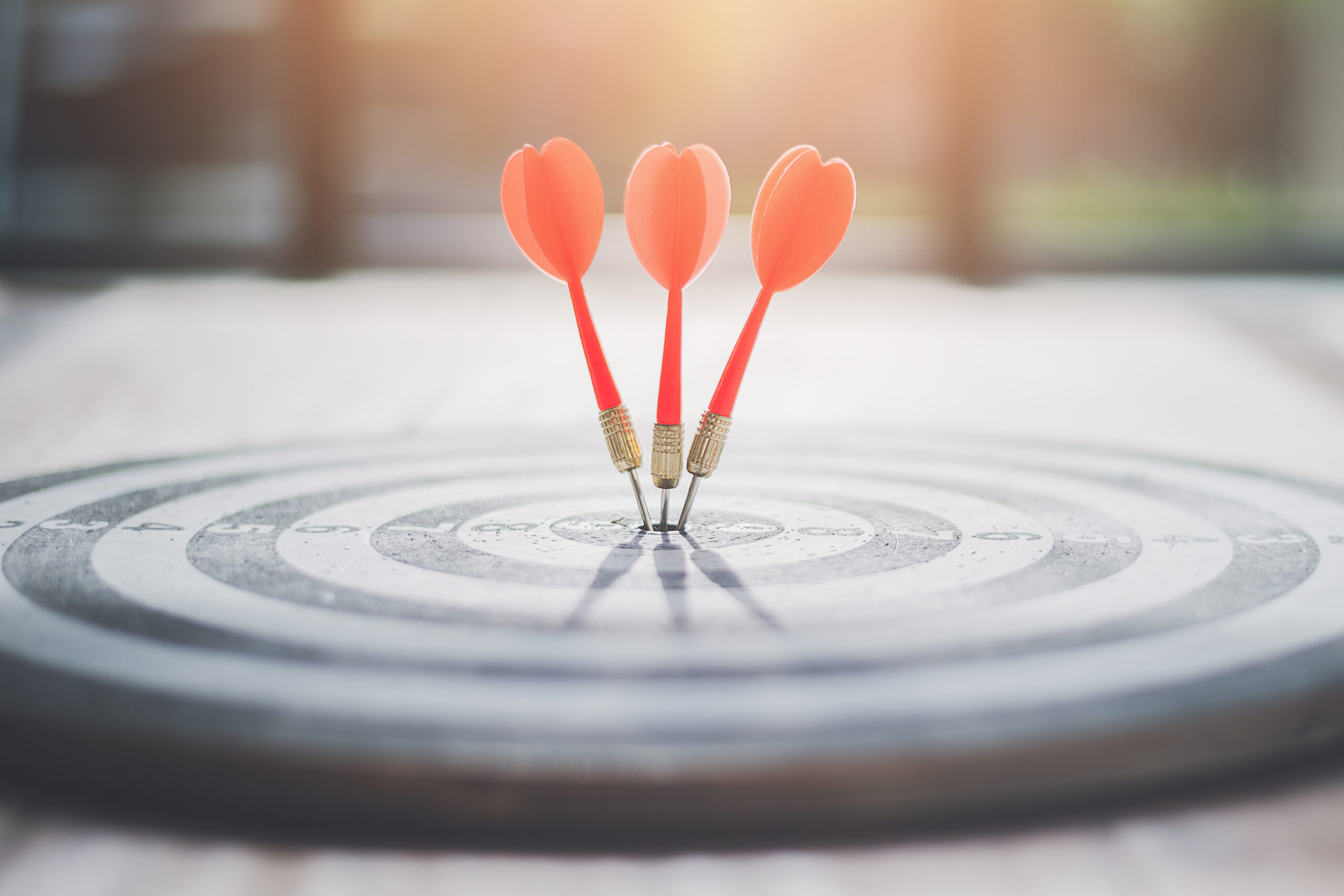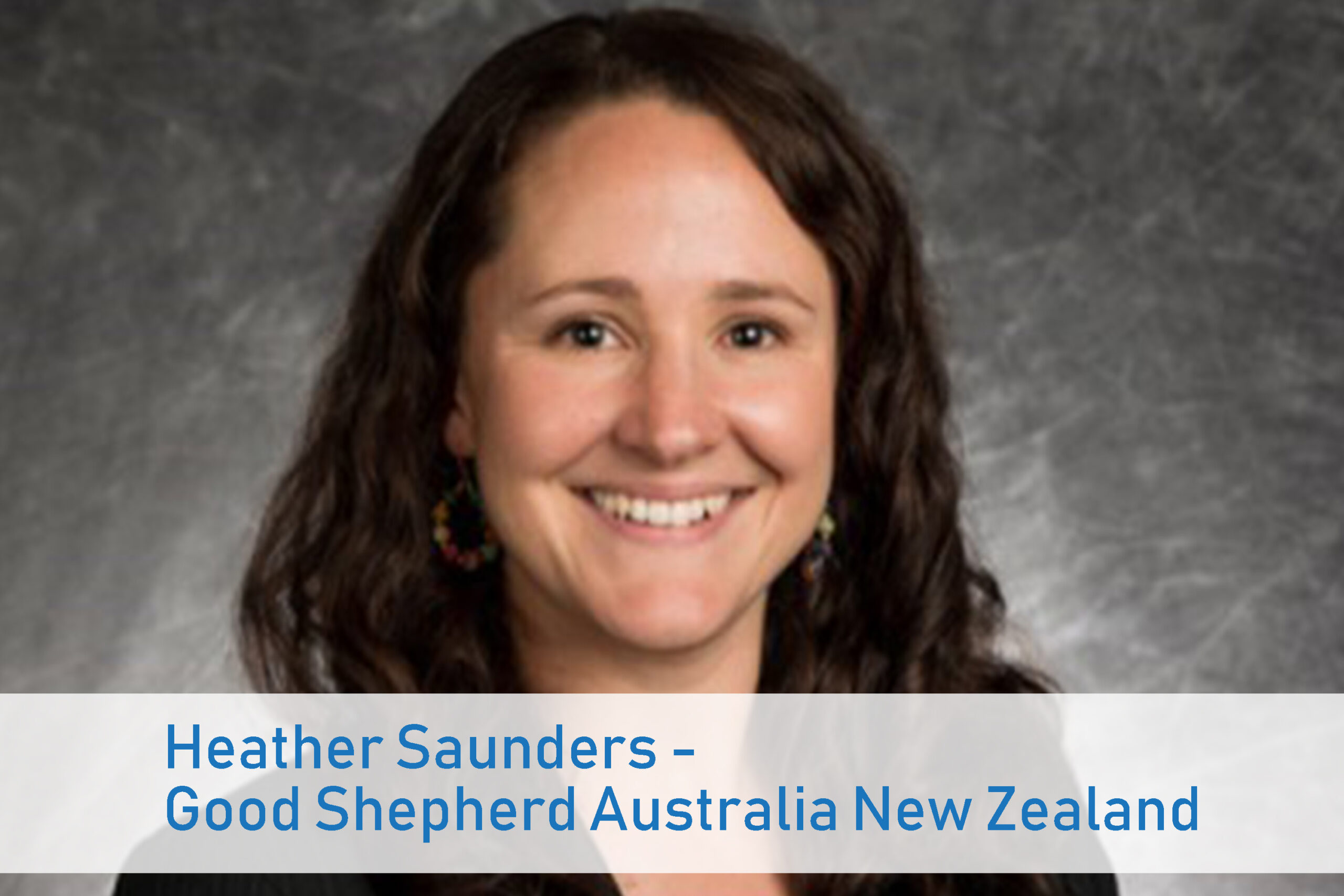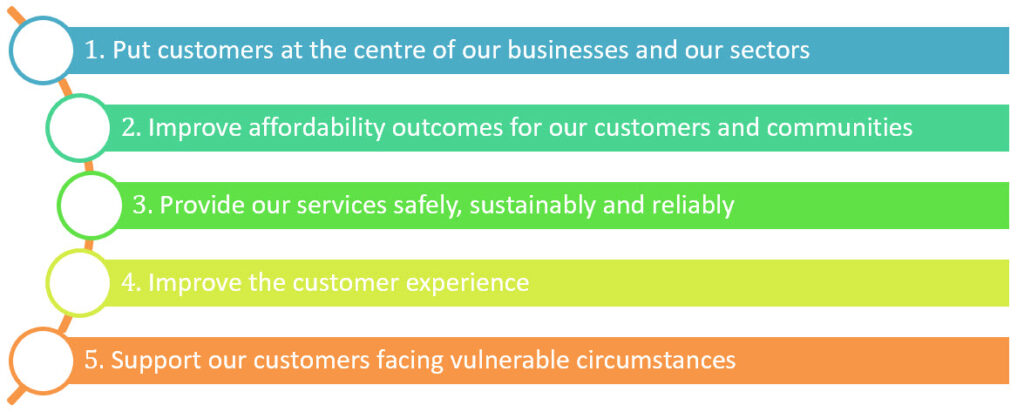As the Energy Charter Independent Accountability Panel (IAP) process draws closer, with annual disclosure reports due on 30 September 2021, Energy Charter signatories are knee-deep preparing drafts, engaging with customer groups and commencing their respective CEO and Board approval processes.
This year marks the third round of the IAP process, and as such, many signatories have existing mechanisms in place to capture customer outcomes aligned to the Energy Charter principles across their businesses.
Some businesses have working groups chaired with Board members who meet monthly to discuss their progress and ambitions for customers. Others have more organic processes, allowing employees to share the outcomes that they have achieved for their customers and communities within the business.
All of the customer-centric information is being collated, refined and summarised for the purposes of the business’ 2020-21 disclosures which will be submitted to the IAP by 30 September. There’s a focus on the top 3-5 outcomes that have been delivered for customers.
The maturity self-assessment tool, co-created March 2020, enables signatories to assess their maturity against the Energy Charter Principles by reference to articulated criteria, as well as indicating where on the maturity scale they intend to progress to, over what period and how they plan to achieve this progress.
Most signatories start their maturity self-assessment by leveraging their senior executives internally to have authentic discussions about what levels of maturity their business.
As Rebecca Kardos, CEO Aurora Energy said last year to the IAP “It was actually probably one of the best conversations we’ve had as an executive group because we got to compare, contrast and reflect ….that’s really powerful and assists us in either challenging ourselves or encouraging us to do more for customers.”
Anecdotal feedback from a number of senior executives has been that these discussions are incredibly unique in the business planning cycle.
Signatories use a variety of methods to then “reality test” their maturity self-assessment. For those with customer councils, this is the natural landing place for a discussion on whether the business has assessed their maturity in a way that aligns with their customers’ expectations. For those higher up in the supply chain, including gas pipelines and generators, the discussion may take place one-on-one with individual direct connected customers or stakeholder more broadly.
The final step in the process is CEO and Board approval. While depending on ownership structures, this can vary in terms of timing and processes, Energy Charter signatories commit to having sign off of their disclosure at the most senior levels of their business to ensure there is accountability and transparency.
So while the disclosures themselves are only 10 pages, they present a unique opportunity for each Energy Charter signatory to generate meaningful conversations within their business on customer centricity and culture and be held accountable to outcomes. Where have they done well for customers? Where could they do better? What ambition do they have for the coming 12 months and beyond?
Stay tuned for the Energy Charter signatory disclosures which will feature on the IAP website in early October 2021!





